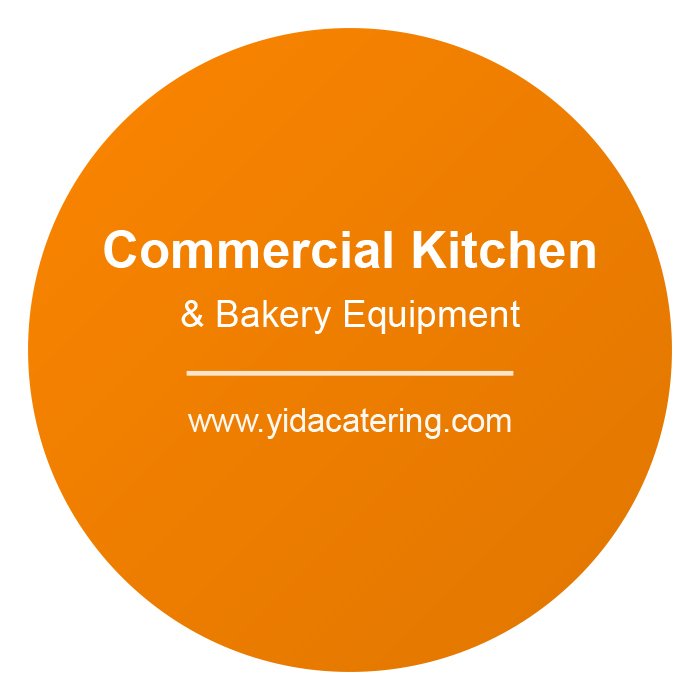When investing in a commercial ice cream machine, choosing the right cooling system is a critical decision that can impact the efficiency, cost, and overall performance of your equipment. Two primary cooling systems dominate the market: air-cooled and water-cooled. Each system has its own set of advantages and disadvantages, making the decision largely dependent on your business’s specific needs and operational environment. In this article, we will explore the key differences between air-cooled and water-cooled ice cream machines to help you make an informed choice for your establishment.
Understanding Air-Cooled Ice Cream Machines
Air-cooled ice cream machines use ambient air to regulate the temperature of the internal components. These machines rely on built-in fans to dissipate heat generated during operation.
Advantages of Air-Cooled Systems
- Ease of Installation: Air-cooled machines are self-contained and do not require additional plumbing or water connections, making them easier to install in most locations.
- Cost-Effective Operation: Since they do not rely on water, these machines eliminate the expense associated with water usage and wastewater disposal.
- Portability: Without the need for a water line, air-cooled machines are more versatile and can be relocated with minimal effort.
Disadvantages of Air-Cooled Systems
- Heat Output: Air-cooled machines release heat into the surrounding environment, which can increase the temperature of your workspace, especially in smaller or poorly ventilated areas.
- Noise Levels: The built-in fans can generate noticeable noise during operation, which may not be suitable for quieter environments.
- Performance Sensitivity: Their efficiency may decline in hot or poorly ventilated conditions, as they rely on ambient air to cool effectively.
Understanding Water-Cooled Ice Cream Machines
Water-cooled ice cream machines utilize water to cool their internal components. These systems require a consistent water supply and drainage system for proper operation.
Advantages of Water-Cooled Systems
- Consistent Performance: Water-cooled machines are less affected by ambient temperature and perform reliably even in hot or poorly ventilated environments.
- Lower Heat Emission: Since heat is transferred to water rather than air, these machines do not significantly impact the temperature of their surroundings.
- Quieter Operation: Water-cooled systems typically operate more quietly compared to their air-cooled counterparts due to the absence of large fans.
Disadvantages of Water-Cooled Systems
- Higher Installation Costs: These machines require access to a water line and a drainage system, which can increase installation complexity and cost.
- Ongoing Water Expenses: The continuous use of water can lead to higher utility bills and may not be suitable for areas with water restrictions or high water costs.
- Reduced Portability: Due to their reliance on plumbing connections, water-cooled machines are less portable than air-cooled models.
Key Factors to Consider
When deciding between an air-cooled or water-cooled ice cream machine, consider the following factors:
- Operational Environment: If your business operates in a hot or poorly ventilated space, a water-cooled system may be more suitable due to its consistent performance. Conversely, an air-cooled machine is ideal for well-ventilated areas with moderate temperatures.
- Utility Costs: Evaluate the cost of electricity and water in your area. While air-cooled machines save on water usage, they may consume more electricity due to increased fan activity.
- Space Constraints: For businesses with limited space or no access to a water line, an air-cooled machine offers greater flexibility.
- Noise Sensitivity: Consider the noise levels acceptable in your establishment, especially if it is customer-facing or located in a quiet environment.
- Environmental Impact: If sustainability is a priority, keep in mind that water-cooled machines consume large amounts of water, which may not align with eco-friendly practices.
Conclusion
Both air-cooled and water-cooled commercial ice cream machines have unique strengths and limitations that cater to different business needs. Air-cooled systems offer ease of installation, portability, and cost savings on water usage, making them ideal for smaller or more flexible setups. On the other hand, water-cooled systems provide consistent performance and quieter operation, making them better suited for high-demand environments or locations with challenging temperature conditions.
By carefully assessing your operational requirements, budget, and environmental considerations, you can select the cooling system that best aligns with your business goals. Whether you prioritize energy efficiency, noise reduction, or ease of use, choosing the right ice cream machine will ensure smooth operations and satisfied customers for years to come.

